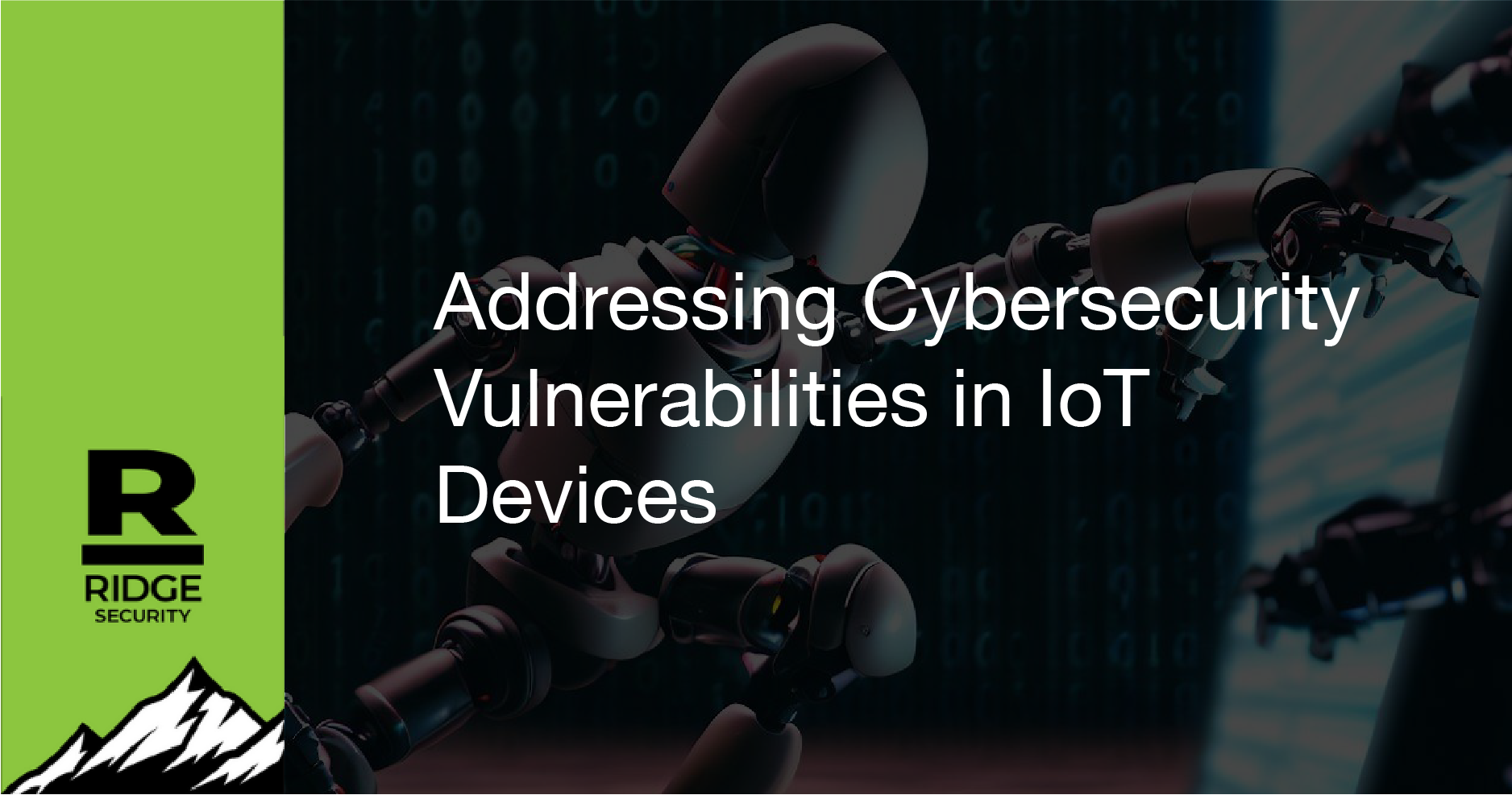Over the last few years, the Internet of Things (IoT) has become increasingly popular across various industries. It allows devices to communicate with each other through a private network, generating a massive amount of data.
This instant, always-on communication excites industry professionals to see what possibilities will emerge in the sector and modern workplace. However, with more connected devices than ever, it opens up some cybersecurity concerns.
Basic IoT Security Practices
Currently, more than 8.4 billion IoT devices are in use, so it’s no wonder more companies are searching for ways to keep their systems secure. What basic IoT security practices can businesses implement to protect their critical data?
- Consider segregating the IoT network to close attack paths to hackers.
- Use a zero-trust security approach.
- Leverage machine learning-based tools to automate cybersecurity.
- Consider implementing cryptography in addition to encryption.
It’s also crucial for organizations to understand what risks exist so they can defend against them.
Common IoT Security Vulnerabilities and How to Address Them
While the benefits of IoT technology help hospitals, offices, homes and cars achieve higher productivity and efficiency, these devices also have inherent security risks. These security risks leave users open to cyberattacks, such as phishing attacks, malware, ransomware, distributed denial of service attacks and more.
What IoT security threats should enterprises be aware of and how can they defend themselves?
1. Insecure Communications
Unfortunately, the communications between IoT devices are susceptible to interception from third parties. This could allow threat actors to access sensitive data that could put an organization at risk of an attack.
Encryption is one of the best methods companies can use to protect these communications. Consider encryption as a safeguard against insecure communications between IoT devices.
2. Lack of Security Updates
It’s well-known that hardware and software updates can help patch vulnerabilities that otherwise could be exploited by threat actors. Once a device is introduced to the public, manufacturers must continually provide firmware or software updates to keep users protected.
However, many IoT or industrial Internet of Things manufacturers do not release updates regularly. Use devices from manufacturers with a good track record of releasing updates to protect you and your organization from threats.
3. Weak Passwords and Insufficient Authentication
A common cybersecurity risk that spans different digital devices and platforms — including the IoT — is weak passwords or a lack of multi- or two-factor authentication (MFA/2FA). These authentication methods are significant preventive measures businesses can use to keep their employees and confidential information safe. Encourage staff to change their passwords regularly, use strong, unique passwords and turn on MFA/2FA settings for any IoT-related technologies.
4. Use of Old Components
Using outdated components or legacy systems with IoT devices can increase the risk of cybersecurity incidents. It’s much simpler for threat actors to target vulnerabilities in older components or systems to launch attacks. Organizations dependent on legacy systems should consider updating outdated systems to the latest versions to prevent these risks from becoming more serious.
5. Lack of Employee Training/Understanding
Another IoT security vulnerability organizations must be aware of is a lack of knowledge or training. Employees working with IoT systems can pose as insider threats and may cause unwanted cybersecurity issues out of negligence. Enterprises need to hold regular worker training sessions to ensure all employees working with IoT devices are equipped with basic security knowledge.
6. BYOD Business Models
In the age of remote work, it’s becoming increasingly common for employers to issue bring-your-own-device (BYOD) for their company or personal devices. In other words, it’s normal to see people bringing their personal laptops, tablets or smartphones to work, or even working where public Wi-Fi is available.
Employees using public Wi-Fi should utilize a virtual private network, as it offers another layer of security to company data. Any team member taking advantage of their company’s BYOD program should be aware of the risks IoT devices carry so they can protect themselves.
Protecting Your Organization’s IoT Devices
It’s crucial for companies using IoT devices and systems to implement various security measures to protect themselves from external and internal threats. As the threat landscape continues evolving, new risks will emerge, so it’s vital for businesses to stay on top of industry trends and cybersecurity news.
Luckily, RidgeBot can help. Consider working with RidgeBot to benefit from products and services like automated penetration testing, continuous testing, security position evaluation and vulnerability management.
About Author
Zachary Amos is the Features Editor at ReHack, where he covers cybersecurity, artificial intelligence, and other trending tech topics. For more of his work, follow him on Twitter or LinkedIn.
